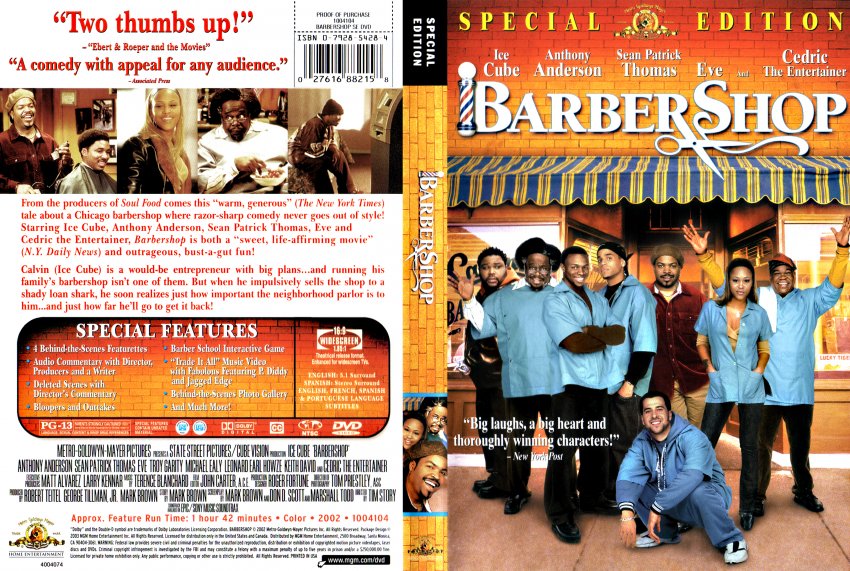

96 P.Ramlee Barbershop Quartets: Introducing an American Style of Singing Song Title (Original song title if different, artist, year) Year of arrangement on. Kim Kraut Learn Fast, Learn Well. Downloadable learning media of barbershop arrangements for singers and Sweet Adelines International.
Contents • • • • • • Technical requirements [ ] The following 2 paragraphs from the indicate technical requirements of a barbershop arrangement for use in a BHS contest: “Barbershop is a style of characterized by four-part for every in a predominantly texture. Each of the four parts has its own role: the sings the melody, with the harmonizing above the melody, the singing the lowest harmonizing notes, and the completing the chord. Basic Electrical Engineering Tata Mcgraw Hill Pdf.
The melody is not sung by the tenor or bass, except for an infrequent note or two to avoid awkward, in or, or when some appropriate embellishing effect can be created. Occasional brief passages may be sung by fewer than four voice parts. Barbershop features songs with understandable and easily singable melodies, whose tones clearly define a and imply and and barbershop ( and ) that resolve primarily around the, while making frequent use of other. What sets barbershop apart from other musical styles is the predominant use of the dominant-type seventh chords. Barbershop music also features a balanced, symmetrical form and a standard meter. The basic song and its harmonization are embellished by the arranger to provide appropriate support of the song's theme and to close the song effectively.” So-called chords should represent at least one third of the song’s duration.
As an example of circle-of-fifths resolution, a tonic triad - subdominant progression will often use the tonic 7th instead, if it advances the forward motion of the song. Prevails and other commons chords include the,, and. The quality of musical choices are vital to the success of a barbershop arrangement. A skillful arrangement, well executed, will provide the audience with an emotionally satisfying and entertaining experience. Swipe (on 'rose': last measure) from ', (1924). () A swipe is when one or more parts change pitch while the other parts hold their pitch. This provides rhythmic drive and either a chord change or a filling out of one chord.
Swipes are on a single syllable. For example, a filling out: Triad -->7th chord -->Triad T Third = Third = Third L Root = Root = Root Bar. Fifth -->Seventh -->Fifth B Root -->Fifth -->Root A tiddly is an embellishment in one or two voices over one chord, resembling. This provides rhythmic drive, and may derive from black vocal improvisation. Learning arranging [ ] Anyone with a knowledge of who can arrange should be able to write a barbershop arrangement. However, an understanding of the art form as it is practised and judged in competition is undoubtedly an advantage. A music category judge can assess an arrangement by ear or eye to test whether it is 'barbershop', and hence valid for use in competition.